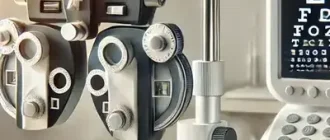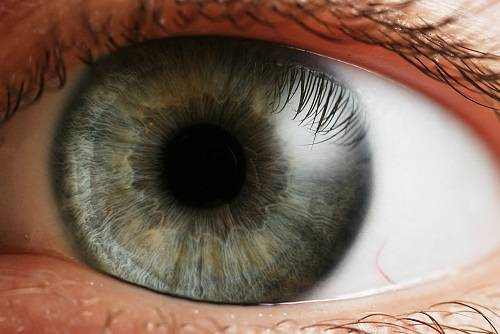What is Astigmatism, Exactly?
Astigmatism is an extremely common condition that affects the way light enters the eye, leading to blurry or distorted vision. Unlike perfect spherical eyes, people with astigmatism have corneas or lenses that are irregularly shaped—more like a football than a soccer ball. This irregular curvature bends the light unevenly, which results in impaired focus on the retina. Astigmatism often occurs in conjunction with myopia (nearsightedness) or hyperopia (farsightedness). According to the American Optometric Association, approximately one in three people in the United States has some degree of astigmatism.
Is Astigmatism Dangerous?
No, astigmatism is not inherently dangerous. It’s a refractive error, not an eye disease. However, it does affect the quality of vision, and untreated astigmatism can lead to discomfort, headaches, or eye strain. In children, uncorrected astigmatism may even affect learning, as they may struggle with reading or focusing in school. The good news? Astigmatism can be corrected effectively with eyeglasses, contact lenses, or, in some cases, laser surgery.
Can Astigmatism Get Worse Over Time?
Yes, astigmatism can change over time. In most cases, the progression is gradual and related to changes in the eye’s shape that naturally occur with age. Regular eye exams are key to monitoring these changes. Studies indicate that approximately 30% of people with astigmatism experience changes in their condition over a five-year period (source). These changes may require adjustments in prescription glasses or contact lenses.
Did You Know?
Astigmatism can be present from birth. In fact, research shows that over 50% of newborns have some form of astigmatism, which often decreases as they grow.
Types of Astigmatism and Their Characteristics
There are two main types of astigmatism: corneal astigmatism, caused by irregularities in the cornea, and lenticular astigmatism, which stems from the shape of the eye’s lens. Each type affects vision slightly differently.
| Type of Astigmatism | Description | Common Correction Methods |
|---|---|---|
| Corneal Astigmatism | Caused by an irregularly shaped cornea | Glasses, Contacts, LASIK |
| Lenticular Astigmatism | Caused by an irregularly shaped lens inside the eye | Glasses, Contacts |
Corneal astigmatism tends to be more common, and it is usually what optometrists refer to during eye exams. In contrast, lenticular astigmatism may be less pronounced but can still impact overall visual acuity.
Can Astigmatism Be Treated Permanently?
It depends on the chosen treatment method. Eyeglasses and contact lenses are non-permanent ways to correct astigmatism and help the eye focus light properly. Laser surgery, such as LASIK, is considered a more permanent solution because it reshapes the cornea. However, it’s important to note that laser surgery can cost anywhere between $2,000 and $4,500 per eye, depending on the procedure and region. Not everyone is an ideal candidate for surgery, and thorough consultation with an eye specialist is necessary.
Does Astigmatism Affect Night Vision?
Yes, astigmatism can make night vision more challenging. When light is scattered by an irregularly shaped cornea, it creates issues such as halos, glare, or blurred vision in low-light conditions. This is why individuals with untreated astigmatism often experience difficulty while driving at night. According to a recent survey by the Vision Council, nearly 40% of people with astigmatism reported avoiding nighttime driving due to poor visual acuity.
How Do You Know If You Have Astigmatism?
The best way to know if you have astigmatism is by getting a comprehensive eye exam. Some common signs include blurry vision, headaches, squinting, or even a consistent feeling of tired eyes. Many people may not even realize they have astigmatism because the symptoms can be mild and may develop gradually. This is why the American Academy of Ophthalmology recommends annual eye exams for adults, especially those over the age of 40.
Did You Know?
Astigmatism can affect people at any age, and it is equally common in both men and women. It’s estimated that up to 75% of adults over the age of 40 have some degree of astigmatism (source).
What Are the Available Options for Children?
For children, eyeglasses are often the best solution, as they are safe, easy to use, and effective. It is essential to identify astigmatism early in children to avoid potential learning difficulties and prevent strain on their developing vision. Contact lenses may also be an option for older children or teenagers, but this depends on their comfort level and ability to maintain proper hygiene.
Our Editorial Team’s Advice
Astigmatism is a common refractive error that can be easily managed with appropriate correction. If you or your child is experiencing signs like blurry vision or headaches, a visit to an eye specialist is the best step forward. Treatment options are numerous, from glasses to contact lenses to laser surgery—each with its benefits. Stay proactive with annual eye exams, and remember, good vision is essential for overall well-being.





